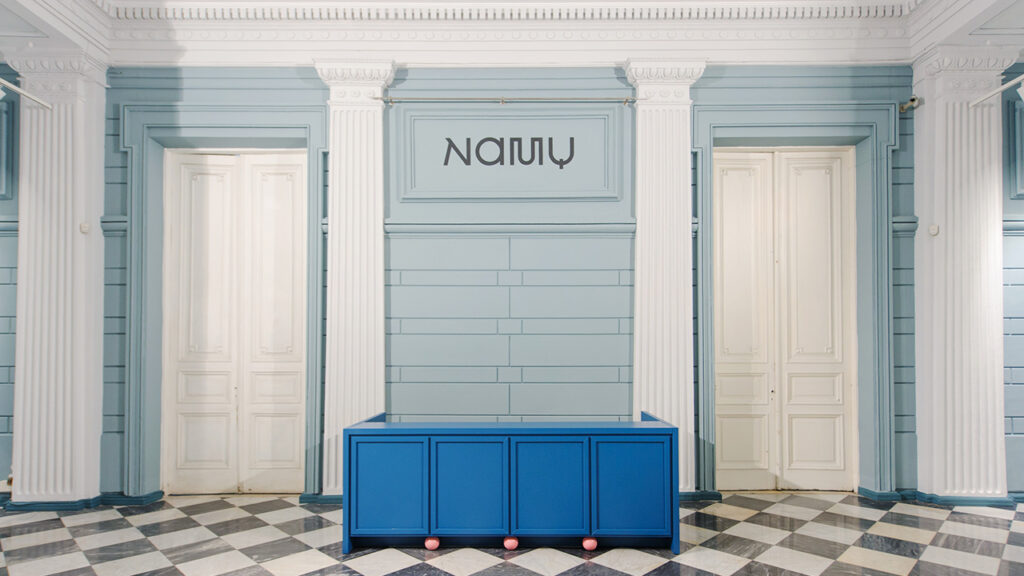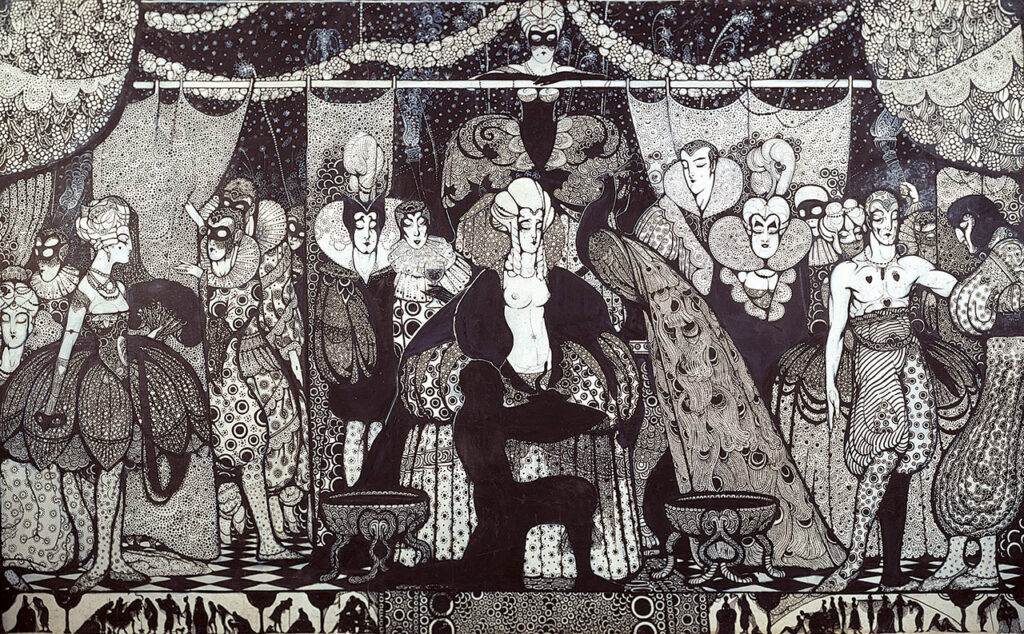Stamp collecting typically conjures images of some old fogey leafing through leather-bound albums, magnifying glass in hand. Estonian start-up Stampsdaq is focused on transforming the practice and catapulting it into the 21st century. Its vehicle of choice? NFTs — whatever else?
The inspiration to launch a blockchain marketplace for minting and trading stamps, as Stampsdaq’s CEO Andrii Shapovalov tells it, occurred outside a shuttered post office branch on a rainy day in downtown Kyiv. This was 2018, i.e. before Beeple and the ensuing frenzy to convert every conceivable asset into a non-fungible token. Shapovalov was already mulling over gaming and ticketing as possible NFT entry points and saw tapping into one of the oldest and most popular collectibles as a “cool idea.”
Cooperation with the Universal Postal Union, the United Nations’ specialized agency, followed. Stampsdaq signed a license agreement with La Poste de Côte d’Ivoire in January 2021 and is currently heavily engaged in negotiations with 27 postal administrations. “Our strategic goal,” Shapovalov tells Jing Culture & Commerce, “is to unite with all 235 [administrations] within a ten year period — hopefully faster!” But Stampsdaq is also striving to become a trusted ecosystem for another old-world collector: the museum.

Located in Kyiv, NAMU boasts an exceptional collection of Ukrainian figurative art, housing masterpieces by the likes of Aleksandra Ekster, Serhiy Vasylkivsky, and Oleksandr Arkhypenko. Image: National Art Museum of Ukraine
Its first cultural partner is the National Art Museum of Ukraine (NAMU) and in early 2022, the two will release a series of NFTs based on works from some of Ukraine’s most celebrated Impressionist, Realist, and Avant-Garde artists, with each variation available across five tiers of rarity from common to unique. Stampsdaq’s differentiator is to create “live digital variations,” turning original paintings into animated stories complete with motion, sound, and special effects.
“We’ve long wanted to be a part of this great global process and to create an NFT collection of selected Ukrainian works, but we understood the museum itself would not be able to create such a product,” says Yulia Lytvynets, NAMU’s Director General. “So when Stampsdaq proposed a partnership, the museum was ready to cooperate.”

Paintings by Piotr Nilus (left) and Oleksandr Murashko (right) are just some of the works that NAMU will release as NFTs. Images: National Art Museum of Ukraine
The announcement arrives at a moment when a number of high-profile museums are probing new digital grounds with NFT drops. Russia’s State Hermitage raised nearly half-a-million dollars through an auction replicating works by Da Vinci, Monet, and Van Gogh on Binance, Florence’s Uffizi is minting a flurry of Digital Art Works alongside Italian platform Cinello, and the British Museum recently closed an auction of Katsushika Hokusai NFTs released to coincide with an onsite exhibition.
Stampsdaq recognizes the fierce competition of platforms that have suddenly emerged to cater to cultural institutions blessed with iconic and valuable visual assets and seeking new lines of revenue in the wake of the pandemic’s devastating financial toll. Aside from covering production and marketing costs, and being a gas fee-free blockchain, Shapovalov hopes the built-in community features will help convince museums that Stampsdaq is not just another marketplace.

NAMU’s NFTs are set to be “live digital variations,” complete with motion, sound, and other special effects. Image: “Carnival” by Vsevolod Maximovitch, National Art Museum of Ukraine
The vision is to build an ecosystem promoting fair and transparent revenue sharing and maintain engagement through a reward structure. This largely centers on a play-to-earn model in which smart contracts automatically allocate 20 percent of primary sales revenue and 20 percent of transaction fees into a reward pool that users compete for via a variety of games and contests. “We believe this will be attractive and engaging both for older and younger generations of NFT collectors,” Shapovalov says.
The fact Stampsdaq is an EU-regulated, licensed, and audited blockchain should help assuage cultural institutions wary of a notoriously volatile and unregulated sector — something Lytvynets is keenly aware of given Ukraine currently lacks any form of cryptocurrency regulation.
One intriguing point of divergence between Stampsdaq and NAMU surrounds the motivations of cultural institutions entering the realm of NFTs. Shapovalov believes the possibility of lifetime royalties generated through sales on the secondary market is invaluable at a time of insufficient funding. NAMU sees the move as part of a broader initiative to digitize collections and brand-build.
“Personally, I don’t expect any big financial profits,” Lytvynets says. “It’s more important to spread information about our collection and Ukrainian art in general. Although, of course, any profit would be a nice bonus.”



